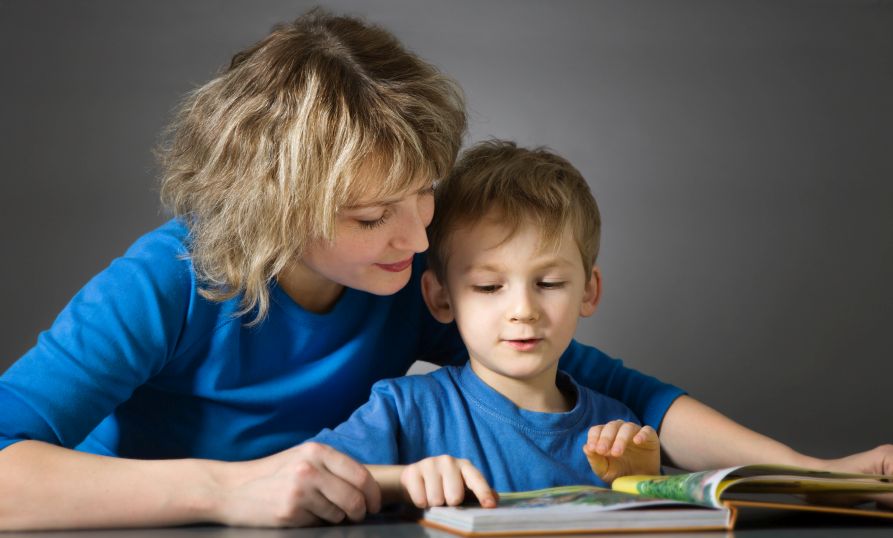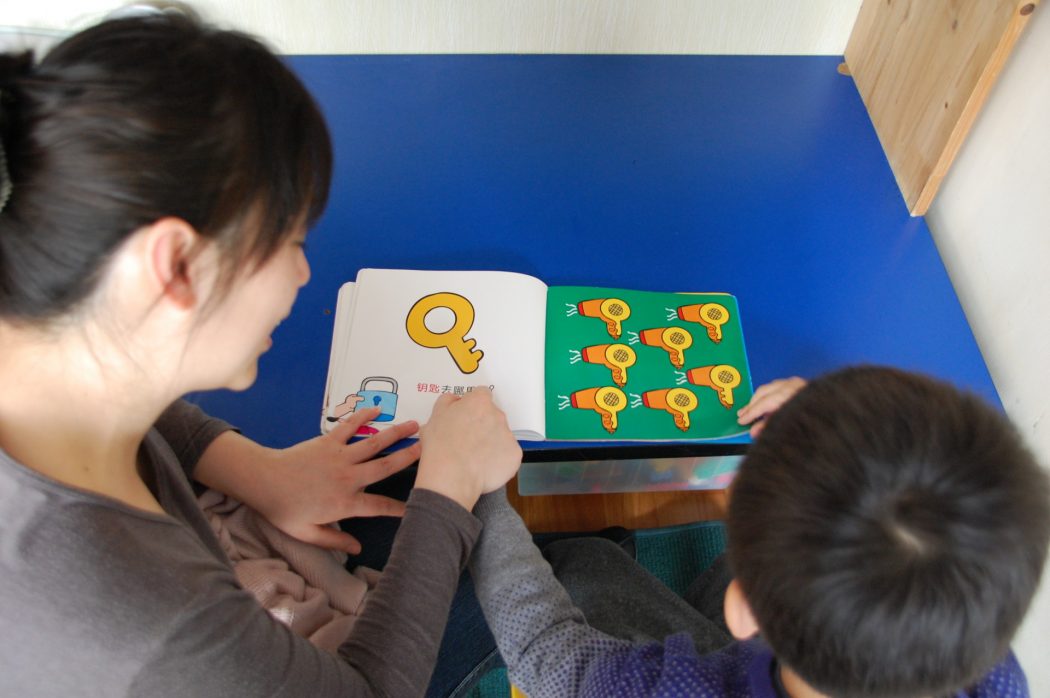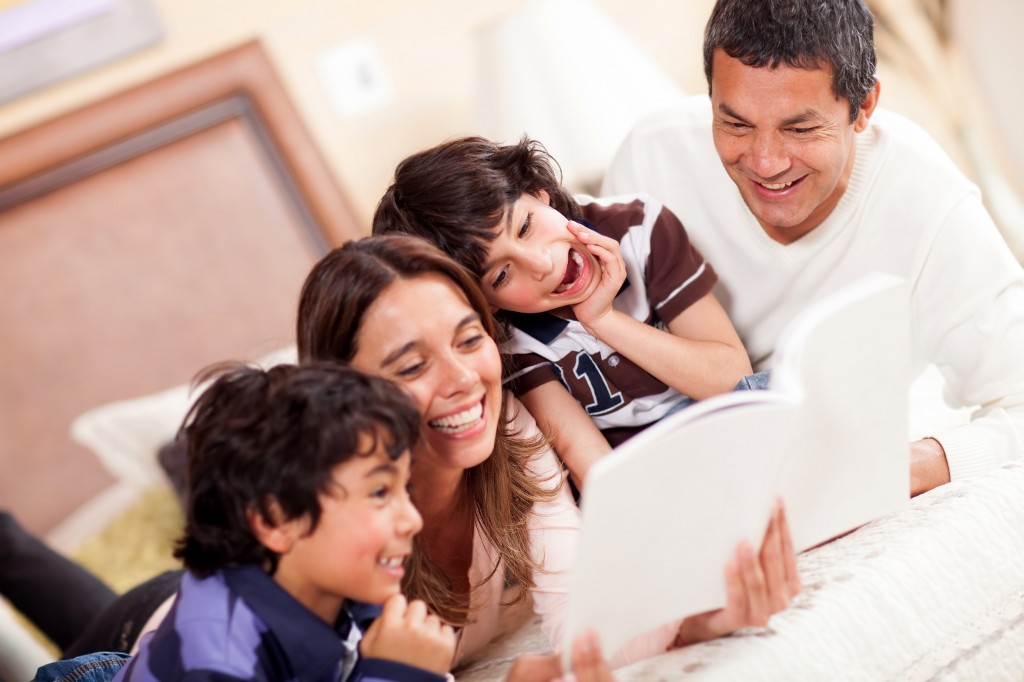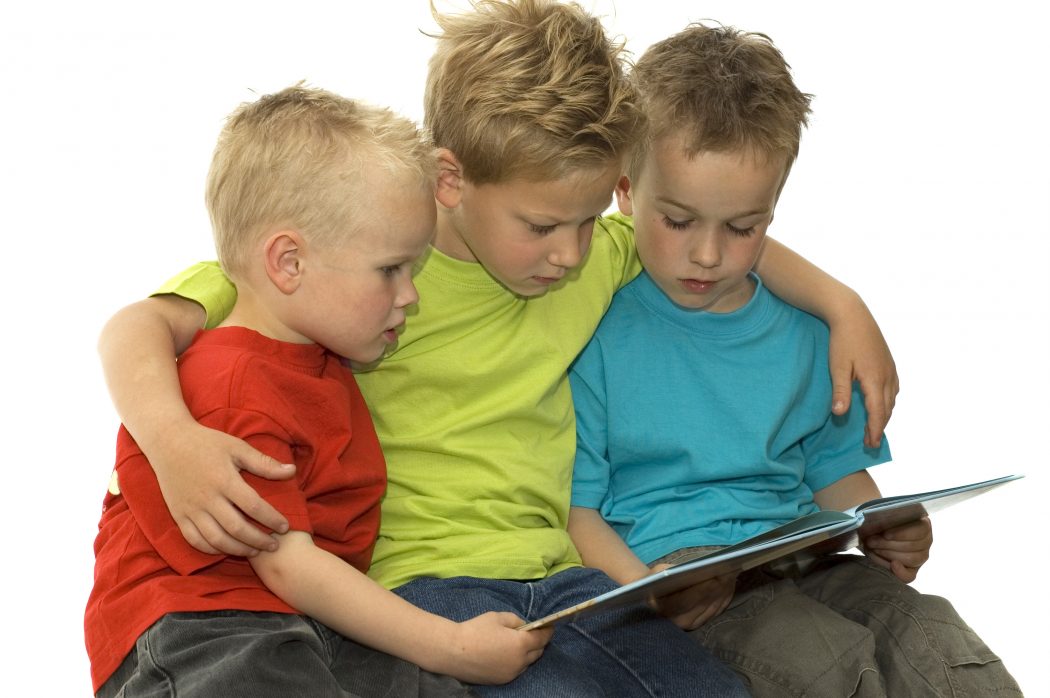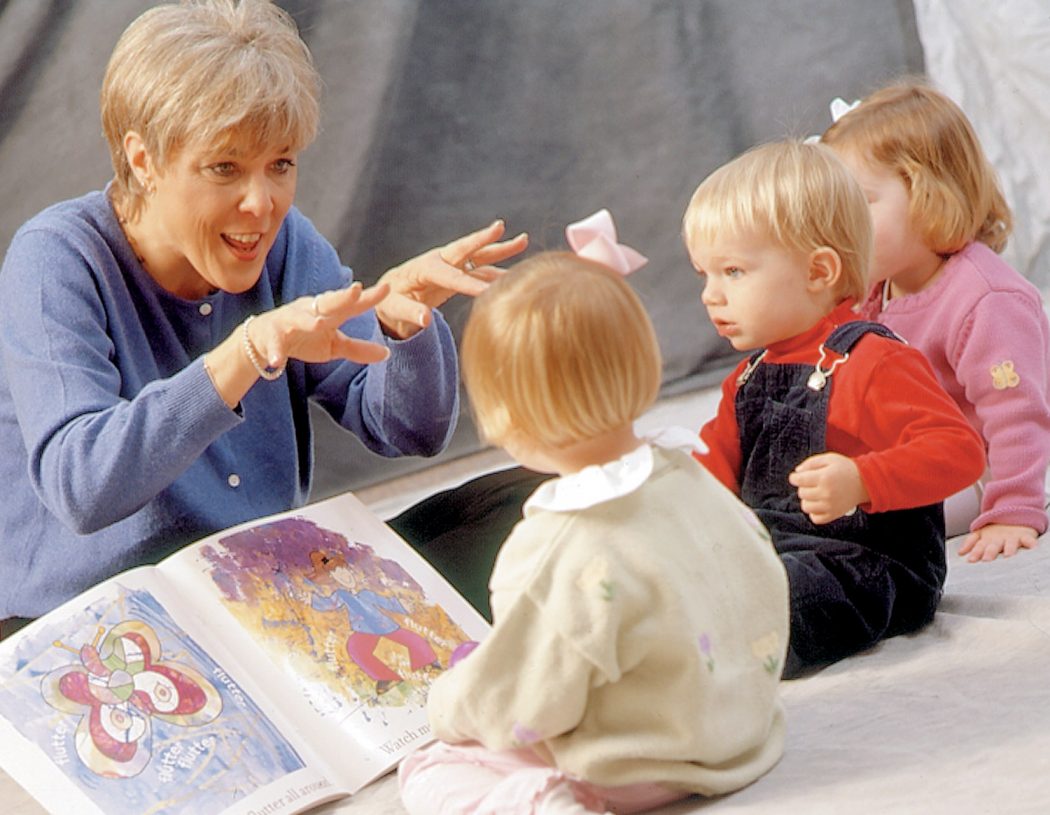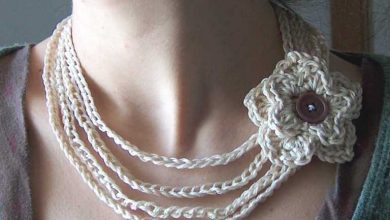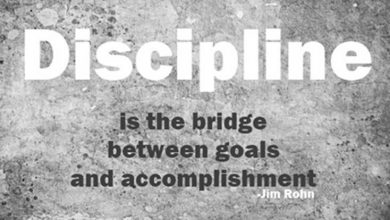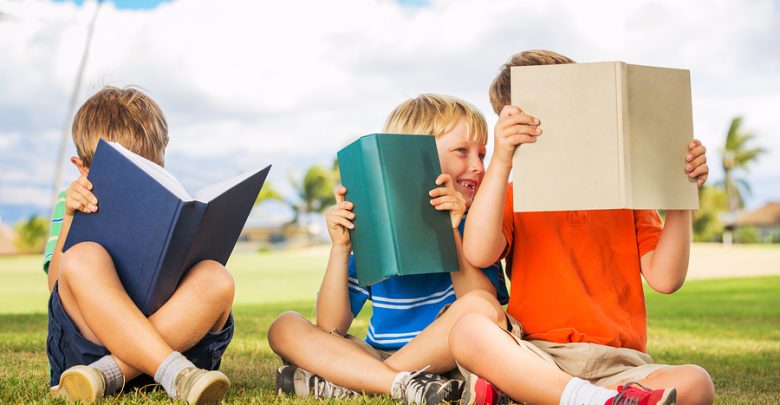
Parenting is a big responsibility especially for newly married couples. They find themselves responsible for the making of a human being and it all starts with teaching them the first words in their language, not to mention making them good at it. The good side, however, is that kids are quick learners and it is childhood time in which they are able to learn any language and become fluent in it as well. And because this time is the best for learning, it is rewarding to make use of it and start instilling good habits in them. You will be sure that it will go on with them for the rest of their lives. As for reading, this is how to start making kids love it from a young age.
10 You! Read
If you want to make your children read you have to be a good example yourself. Children imitate their parents in this young age. Read before them eagerly and continuously with pleasure, they will consequently repeat the process.
9 Play with it
It is better to choose the games in which your kids will have to read. Word-color games, word order, and simple word-puzzle games are all good. Moreover, you try to read anything that comes in your way loudly with interest before them. Its importance will be instilled in them gradually.
8 Share Reading Time
Try to make reading together a daily routine. Create the habit of reading in a specific time every day, and then they will feel strange if you did not read for them once. This time could be the one before bed time or anytime during the day.
7 Role Models
Whether your child is a boy or girl, try to export the idea that reading is a special feature of our sex. You can do this by having your child read among a group of the same sex, could be a book club or something.
6 Different Kinds
In the age of five, you should start to make clear to your little one that books are of different kinds. You can classify them in attractive boxes that they find it easy to grasp this idea. Start with song books, fantasy and fiction.
5 Use their Senses
Try to make the kids use more than one of their senses while they are learning. For example, you can sing songs of the letters they learn. Photos and visuals are also applicable when they start learning letters; include fun ways of creating letters, like making S like a serpent….etc.
4 Environmental Print
Many of the things around us are written in words and specific fonts and styles. Logos and labels form environmental print which you can use in your own favor to teach your children; e.g. “n” for nutella and “p”
for pampers….etc.
3 Positive associations
Make the reading experience as positive as you can for your little ones. Spread enthusiastic vibes around the reading processes. Let them see books in locations they love and read in occasions when they are excited. Help your kids read road maps, letters, magazines, signs, and restaurant menus.
2 Push them to ask
While reading with your kids, motivate them to ask and criticize the content they read. This will make them understand the content. You can discuss with them what they read. For example, point at a picture and ask do you see the cat? What does it do?
1 Raise the bar
Choose the books ones that fit your child’s age. Still, you should be smart, if you find that your child is doing good, positively responding to the reading process; raise the bar. Include smarter books gradually, remember the psychologist’s daughter who read an encyclopedia in the age of 7? Yours could be the same, why not?

